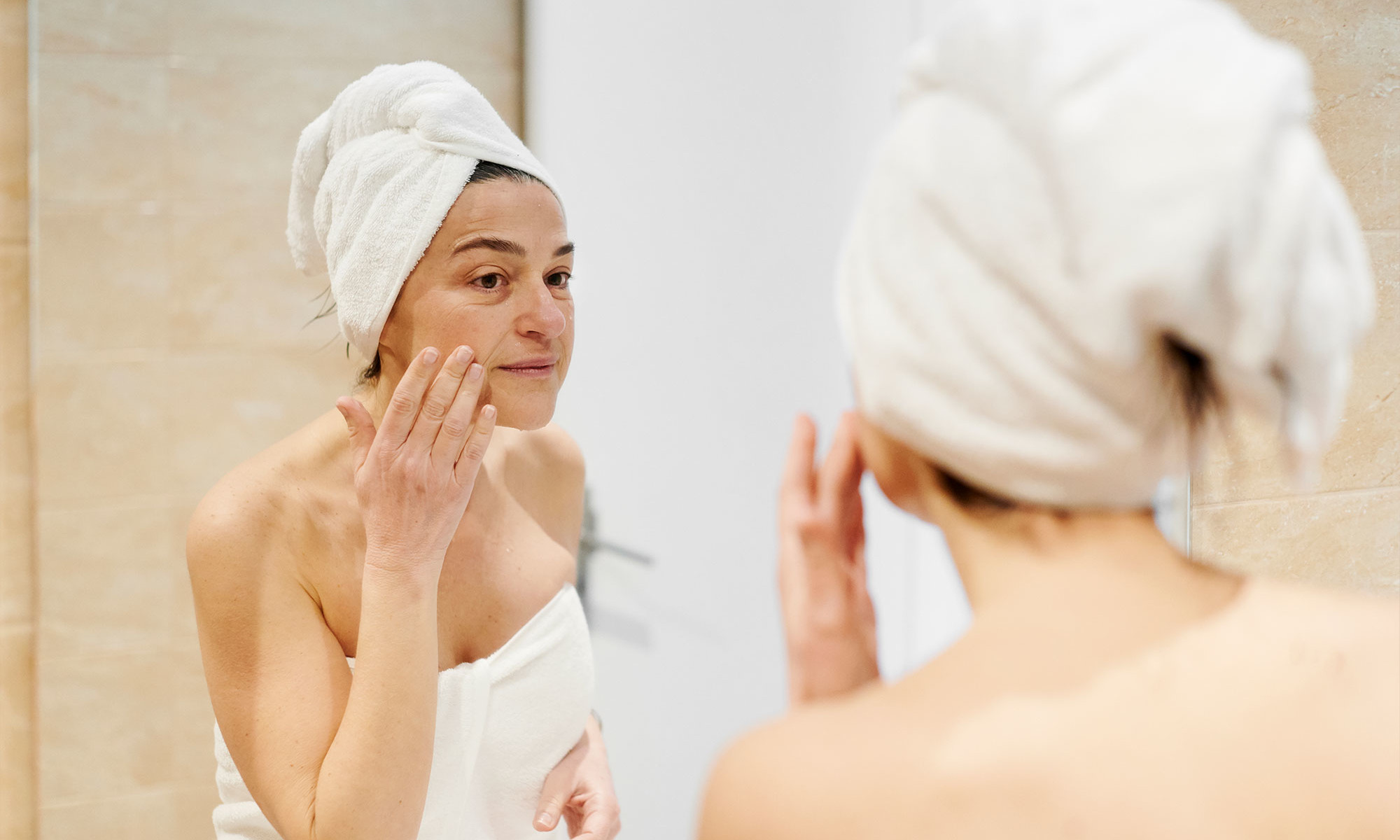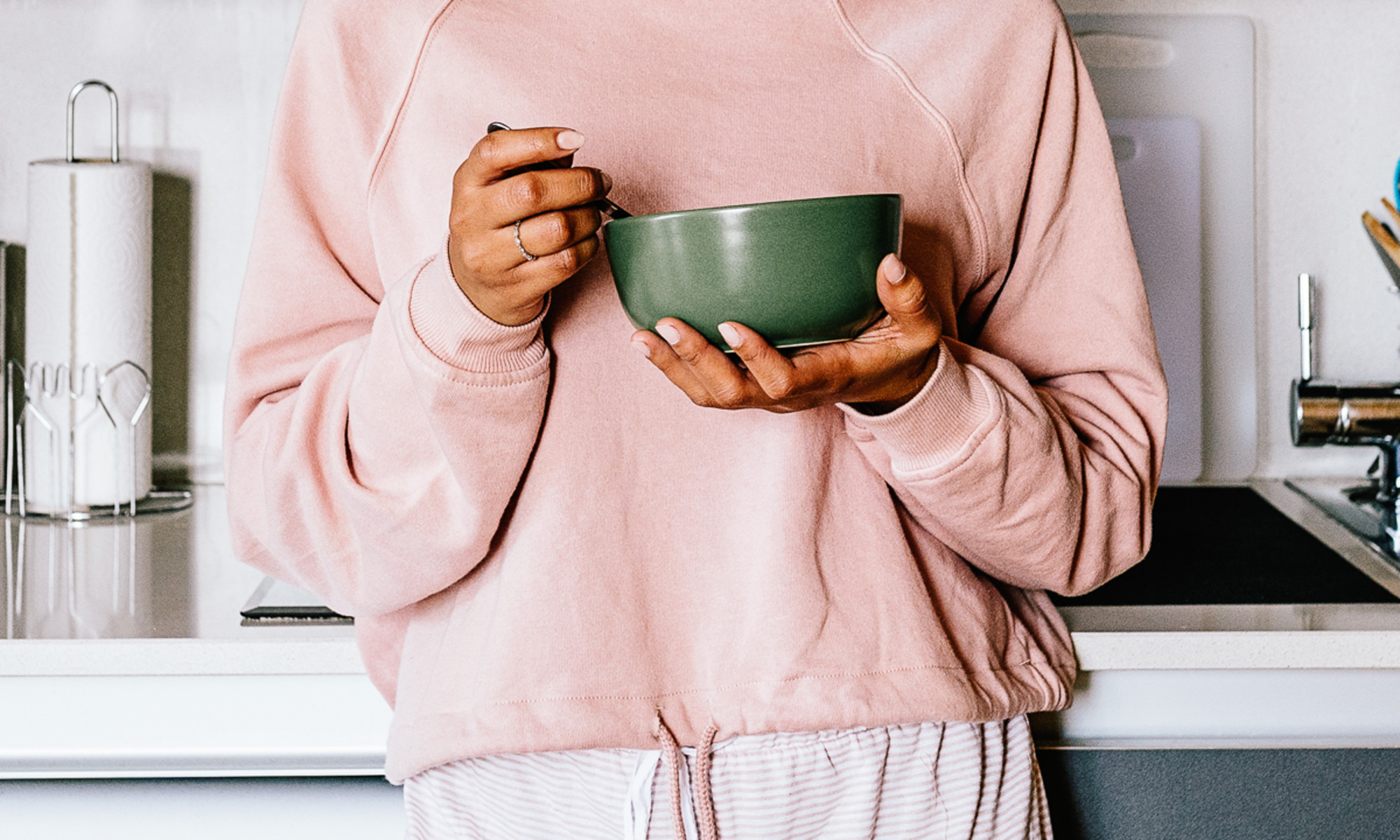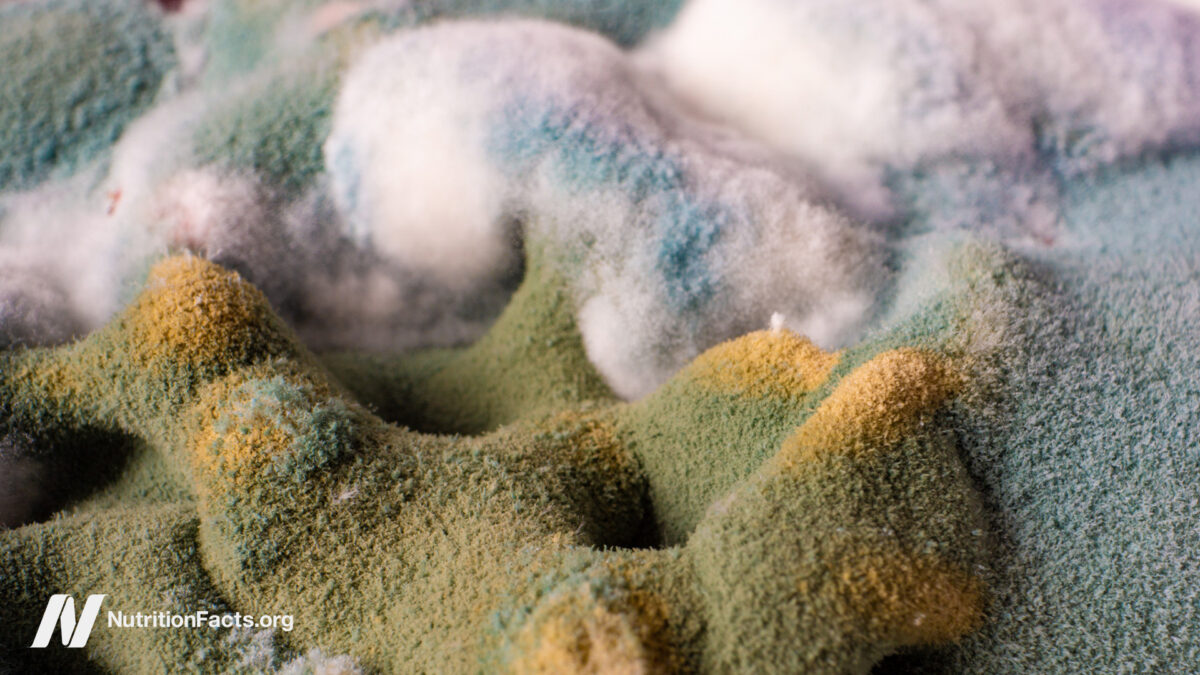Magic in the Ordinary: Finding Glimmers and Hope in Everyday Life
“If today gets difficult, remember the smell of coffee, the way sunlight bounces off a window, the sound of your favorite person’s laugh, the feeling when a song you love comes on, the color of the sky at dusk,...


“If today gets difficult, remember the smell of coffee, the way sunlight bounces off a window, the sound of your favorite person’s laugh, the feeling when a song you love comes on, the color of the sky at dusk, and that we are here to take care of each other.” ~Nanea Hoffman
The beach breeze brushed against my skin. I felt the warmth from the sun, and I could hear the crashing waves and wild shrieking laughter of my toddlers.
I looked down at my perfect ten-month-old with his adorable chubby cheeks, snoring softly in my arms. My chest ached as if my heart physically hurt from the amount of love I felt toward my children in that moment, and my eyes shimmered with tears at the force of that love. “This was a glimmer,” I thought.
Many people are familiar with the idea of triggers. Triggers are any scenarios or stimuli that stir up negative emotions, which are usually rooted in a past hurt or trauma.
Less familiar to most people is the concept of glimmers. Glimmers are the opposite of triggers. They’re little moments that spark calm and connection. The idea was originally introduced by Deb Dana, who is a prominent figure in the application of Polyvagal Theory, which is a scientific framework for understanding the nervous system.
We are less inclined to look for glimmers than triggers, and the reason is evolutionary.
In the past, our caveperson brains benefited more from remembering the time we ate poison berries or the places that hungry lions lurked than from savoring a beautiful sunset. But most of us are buying our groceries at farmers’ markets and grocery stores now—and don’t have to worry about lions, so we can practice changing our brains.
There’s an idea in psychology that “what we water will grow” in reference to what thoughts we attend to. The more we practice noticing the positives, the more naturally our brains will make and strengthen those pathways.
I’m a mental health therapist, and I learned about glimmers through a continuing education course. At the time, I was struggling with my own anxiety. I had feelings of guilt show up as I guided my clients through their mental health challenges while still learning how to manage my own.
When I have a moment to take perspective, though, I can show myself grace as a mom of a three-year-old, a two-year-old, and a ten-month-old, who happened to be a miraculous little surprise.
With three small humans, two dogs, and a fish, life is loud, messy, chaotic, and beautiful. Balancing work, house chores, and the needs of others can feel exhausting and overwhelming.
I don’t have hours to do all the self-care activities that you are “supposed to” do in a day—journal, exercise, meditate. But glimmers? They fit into my life.
I love Harry Potter, fantasy, and magic. I like to look at glimmers as more than calm and connection and more like sparkly little moments in our ordinary life. Glimmers can be sensory—a beautiful sunset, a warm breeze, the flicker of a candle, the scent of lavender, or the first sip of a really delicious coffee.
They can be internal—a deep exhale, a comforting memory, a moment of self-compassion, or being proud of an accomplishment.
They can be a social connection—a long hug from your partner, a rambling story from your three-year-old, or hearing your two-year-old tell his sister, “I love you, Evy.”
The idea of glimmers reminds me a bit of the Danish concept of hygge. Hygge’s closest English translation is a concept of coziness and contentment. I love the idea of connecting these two ideas because it would seem to me that engaging in hygge practices would set you up to have even more glimmers.
Creating more hygge in your life would include whatever feels cozy for you. For me, it’s big comfy blankets, candlelight, a warm drink, and clothing with the softest fabrics. The values behind hygge are a sense of presence, slowness, and connection. Hygge is about setting an environment to invite glimmers in.
These days, I collect glimmers like fireflies in a jar. They’re nothing fancy, but they’re tiny moments that reassure me that I’m okay. They bring me home inside my own body. There is magic in the ordinary, after all. You just have to look for it.
![]()
About Katie Landrum
Katie is a behavior analyst and mental health counselor in the Central Florida area. Her ultimate passion is women’s mental health. She also specializes in treating anxiety, depression, perinatal issues, and ADHD. Katie’s counseling approach emphasizes self-compassion, strengths over pathology, and a values-focused perspective in order to move clients toward a rich, meaningful life. In her personal life, she is the proud mother of three small, wonderful kiddos. Learn more about Katie.
See a typo or inaccuracy? Please contact us so we can fix it!

 FrankLin
FrankLin 































